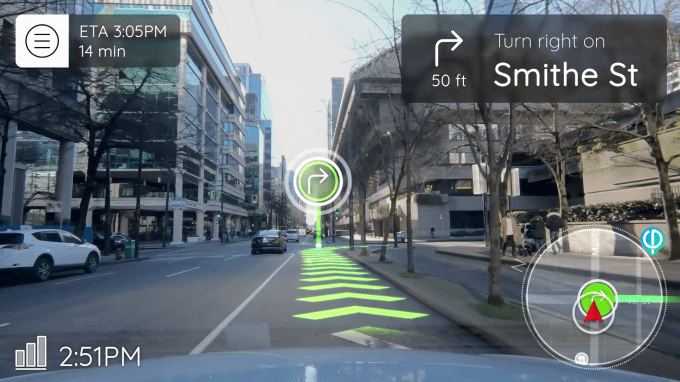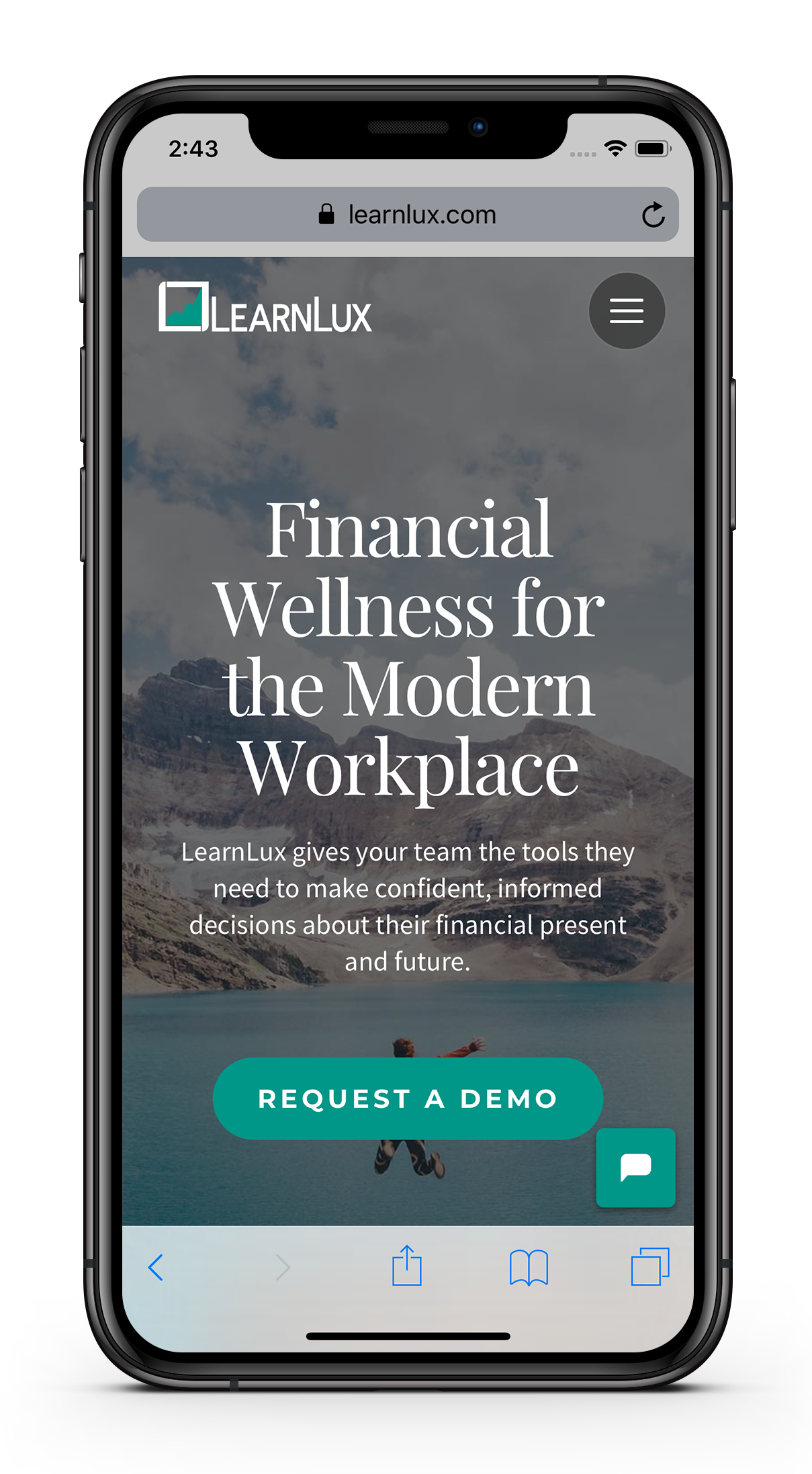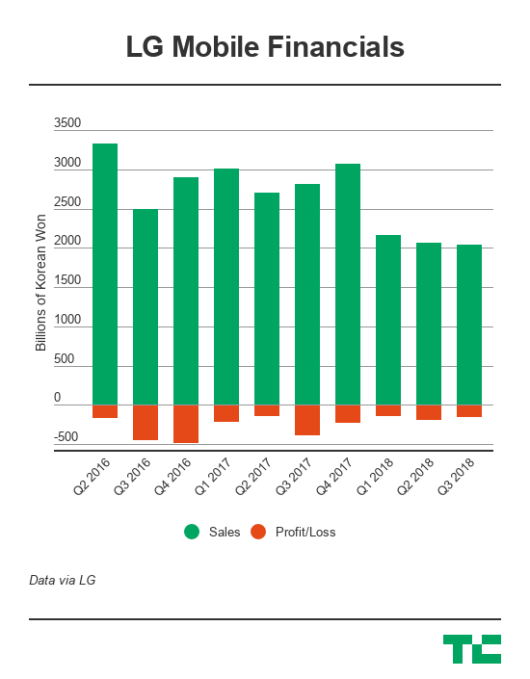In September, Amazon launched its Alexa Gadgets Toolkit into beta, allowing hardware makers to build accessories that pair with Amazon Echo over Bluetooth. Today, one of the most memorable (and quite ridiculous) examples of that technology is going live. Yes, I’m talking about the Alexa-enabled Big Mouth Billy Bass, of course. You know, the talking fish that hangs on the wall, and has now been updated to respond to Alexa voice commands?
Amazon first showed off this technology over a year ago at an event at its Seattle headquarters, then this fall confirmed the talking fish would be among the debut products to use its new Alexa Gadgets Toolkit.
The toolkit lets developers build Alexa-connected devices that use things like lights, sound chips or even motors, in order to work with Alexa interfaces like notifications, timers, reminders, text-to-speech, and wake word detection.
The talking fish can actually do much of that.
According to the company’s announcement, Big Mouth Billy Bass can react to timers, notifications, and alarms, and can play Amazon Music. It can also lip sync to Alexa spoken responses when asked for information about the weather, news, or random facts.
And it will sing an original song, “Fishin’ Time.”
When the gadget is plugged in and turned on, it responds: “Woo-hoo, that feels good!”
(Oh my god, who is getting this for me for Christmas?)
“This is not your father’s Big Mouth Billy Bass,” said Vice President of Product Development at Gemmy Industries, Steven Harris, in a statement about the product’s launch. “Our new high-tech version uses the latest technology from Amazon to deliver a hilarious and interactive gadget that takes everyday activities to a fun new level.”
The fish can be wall-mounted on displayed using an included tabletop easel, the company also says.
The pop culture gag gift was first sold back in 1999, and is now updating is brand for the Alexa era.
Obviously, Big Mouth Billy Bass is not a product that was ever designed to be taken seriously – but it should be interesting to see if the updated, “high-tech version” has any impact on this item’s sales.
The idea to integrate Alexa into the talking fish actually began in 2016, when an enterprising developer hacked the fish to work with Alexa much to the internet’s delight. His Facebook post showcasing his work attracted 1.8 million views.
The Alexa-connected fish is $39.99 on Amazon.com.
(h/t Business Insider)




